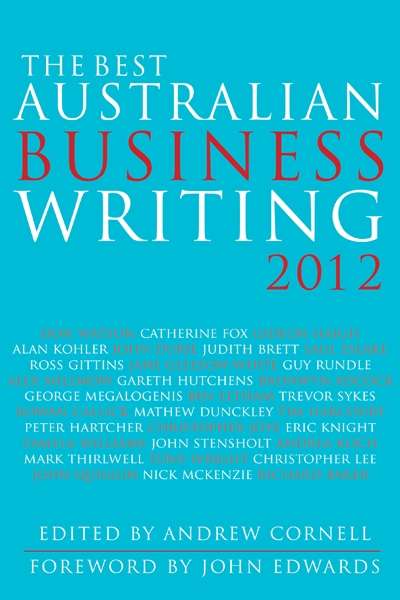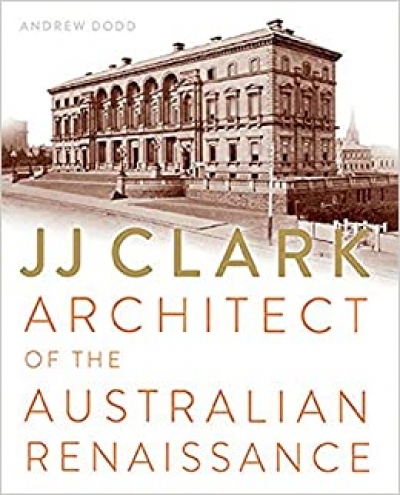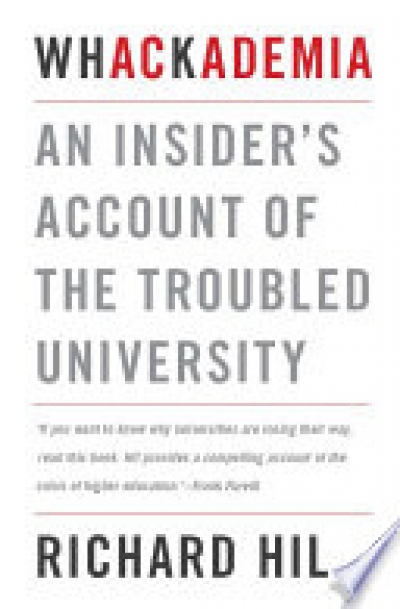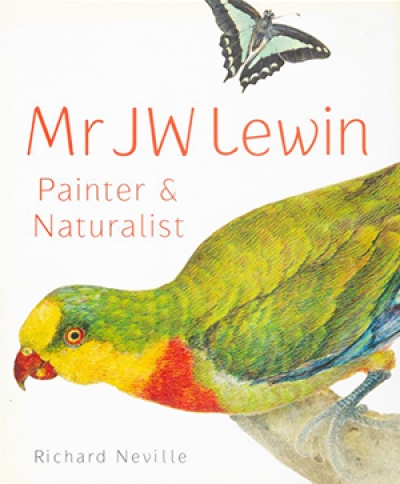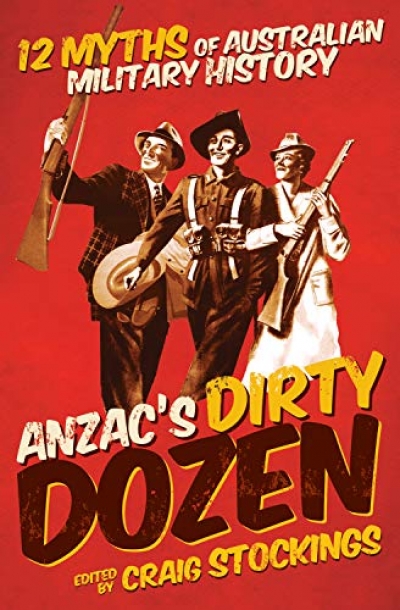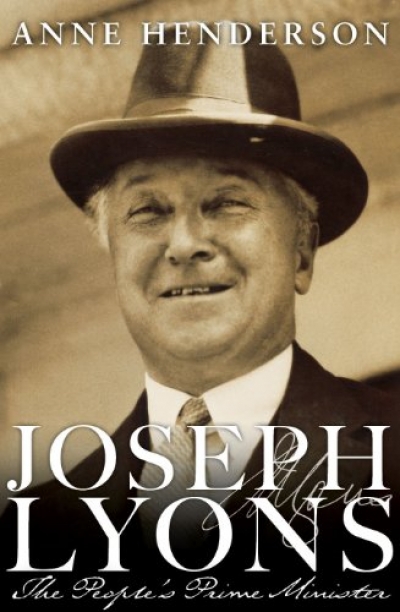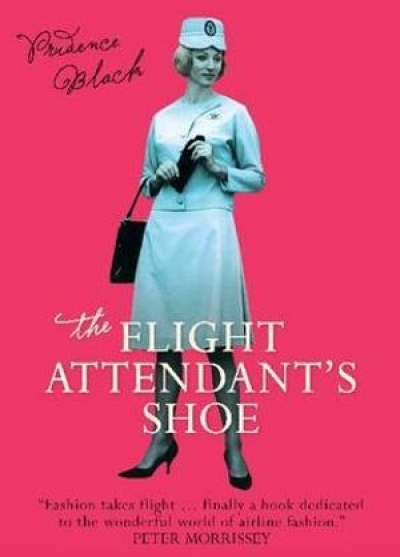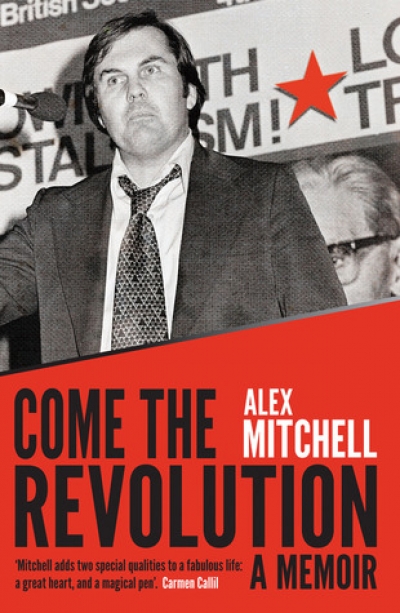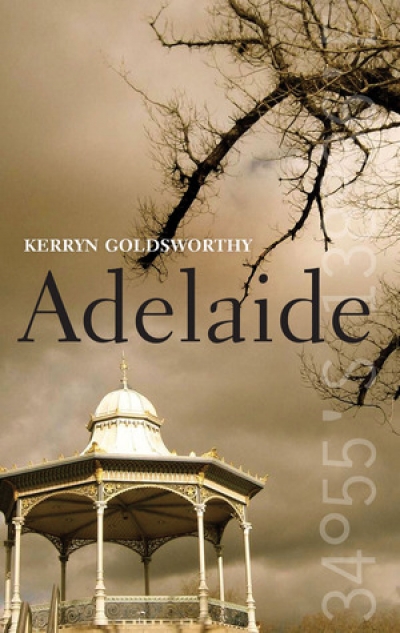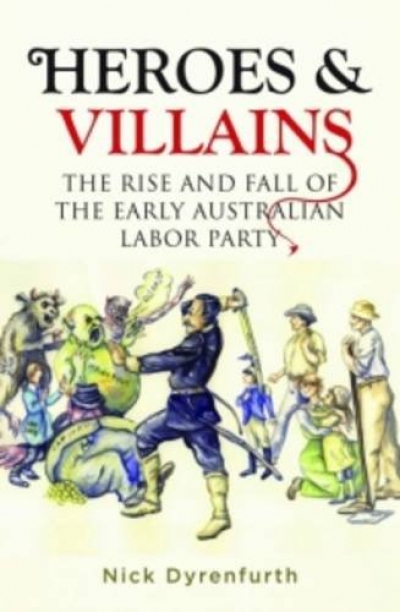NewSouth
The Best Australian Business Writing 2012 edited by Andrew Cornell
by Gillian Terzis •
JJ Clark: Architect of the Australian Renaissance by Andrew Dodd
by Philip Goad •
Whackademia: An Insider’s Account of the Troubled University by Richard Hil
by Suzie Gibson •
Anzac’s Dirty Dozen: 12 Myths of Australian Military History edited by Craig Stockings
by Robin Prior •
Joseph Lyons: The People’s Prime Minister by Anne Henderson
by David Day •
The Flight Attendant’s Shoe by Prudence Black
by Susan Sheridan •
Heroes & Villains by Nick Dyrenfurth & A Little History of the Australian Labor Party by Nick Dyrenfurth and Frank Bongiorno
by Stuart Macintyre •

